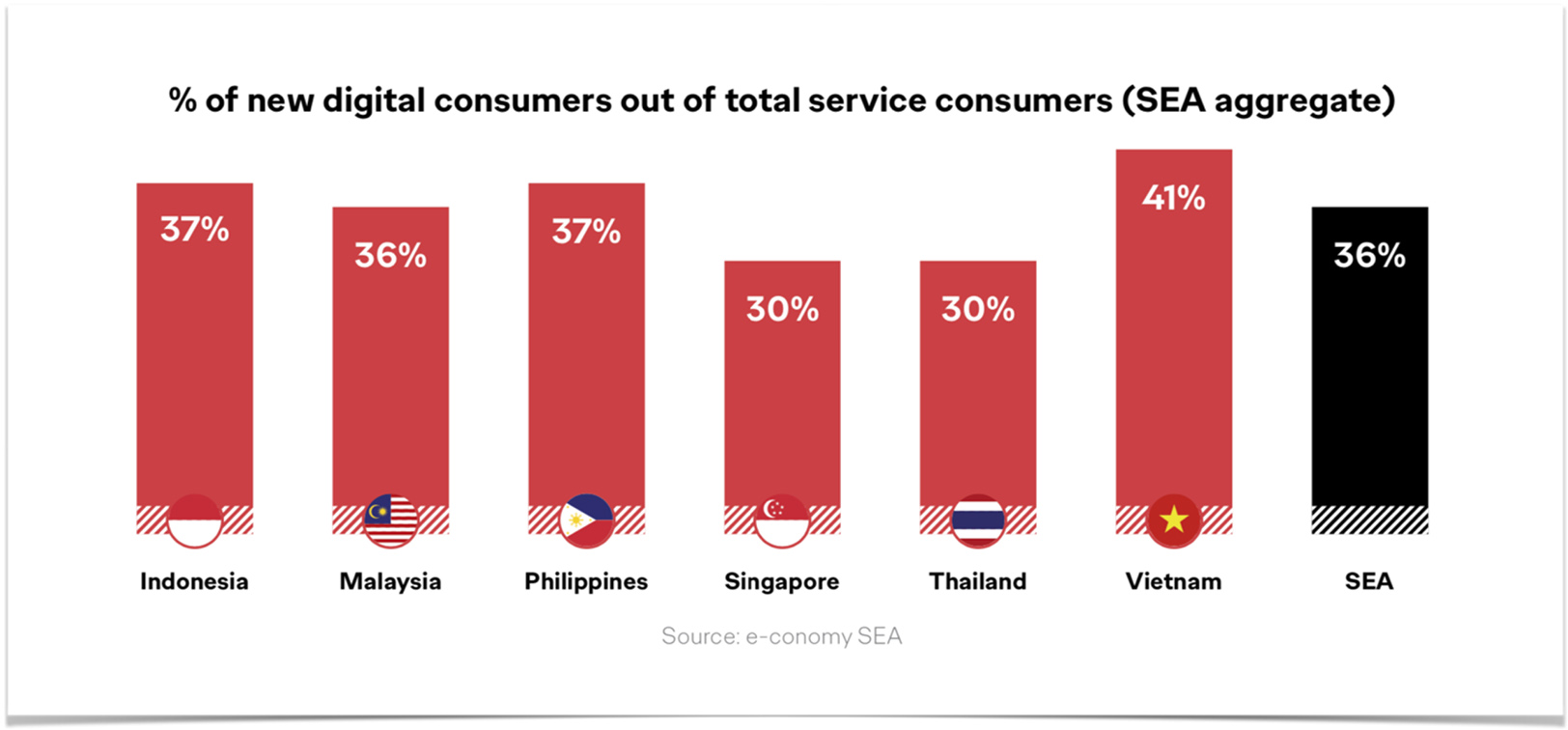Ogilvy releases “Driving Growth with D2C” report about Covid-19’s impact on digital commerce

The Asia Pacific region is seeing a huge acceleration in digital transformation. In the first of a series of reports, Ogilvy examines how brands need a direct-to-consumer digital strategy to come out on top of this disruption and lead the market in the future.
It’s no secret that digital commerce is on the rise, transforming how customers shop in the region. Whilst online purchasing has been slower to catch on in Southeast Asia compared to markets like China, the pandemic has evened out the playing field, and new technologies, new platforms and new consumer expectations are all on the rise. Brands in Southeast Asia should prepare for a ripple effect of changing habits with wide-reaching impact across all sales channels.
Online shopping marketplaces like Shopee and Lazada are driving digital commerce penetration and leading online customer experience trends in the region. But looking ahead, dependence on marketplaces for digital commerce strategy will come with rising costs and loss of ownership of an increasingly precious asset: customer data.
Their latest report argues that direct-to-consumer (D2C) provides the ability to adapt nimbly to changing customer expectations, offering unique experiences that sets brands apart. Not only providing ownership of invaluable customer data, but encouraging innovation and personalising offerings based on data-driven insight.

Last year, the pandemic significantly increased the adoption of digital commerce and related digital services in Southeast Asia. Internet penetration, digital payment and consumer trust in digital commerce all rose significantly in 2020. The region’s online industry is poised to triple to $309 billion USD in gross merchandise value by 2025.

Tim Till, Vice President of Presales Consulting-Technology for Ogilvy said: “In Southeast Asia, social media penetration ranges from approximately 60% in Indonesia to 90% in Malaysia from early 2021. Referral-based commerce with influencers may see an increase as the sophistication in payments to those influencers matures. A growing consumer base, including unbanked individuals will increasingly be able to buy online as individuals and businesses become able to receive payment and pay through new and developing methods such as crypto currency, buy-now-pay-later, e-wallets.”
But this is only the beginning. The digital commerce trend will eventually accelerate from lifestyle to the entire gamut of products and service categories, according to Waheed Bidiwale, Global Vice President for Verticurl, Ogilvy’s Delivery and Operations Center.
“Not many thought of buying toilet paper online before Covid,” says Bidiwale. “Brands that are thinking ‘I’m in a commodity business, or I am in the impulse purchase category or nobody buys a car online so I don’t need digital commerce,’ need to relook at their strategies.”
The Ogilvy report argues that the advantages of marketplaces will not be sustainable as a long term option and eventually there will be associated costs such as a need to buy advertising in order to generate traffic on the site.
Marketplaces already demand a percentage of transactions and may charge extra for certain services and functionality. With D2C, the middleman is removed and brands gain an advantage on costs, savings that can be passed along to their customers.
Ultimately, D2C gives brands a long-term edge by placing customer-centric innovation at the heart of how a brand operates and ensures control of customer data and customer experience.
To find out more about how D2C works for brands plus a wealth of stats and examples please download the report here.
